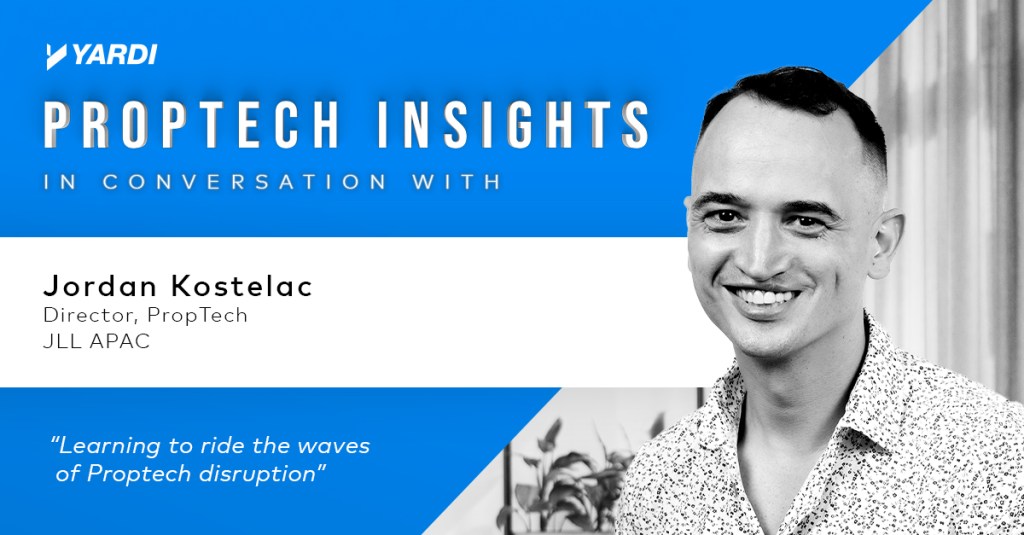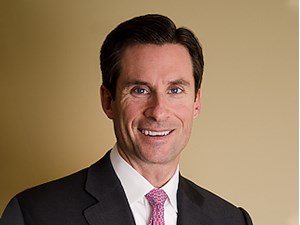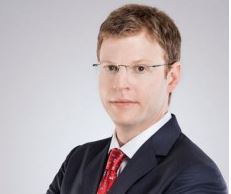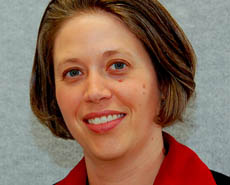Human Touch Trumps Hype
Proptech Insights Series
Should we be snapping up land in the metaverse? Splashing out on virtual real estate? Should we jump onto the next big thing for fear of missing out? Or should the real estate sector be more skeptical about technology? These were some of the questions Yardi’s Bernie Devine and JLL’s Jordan Kostelac explored in the […]




